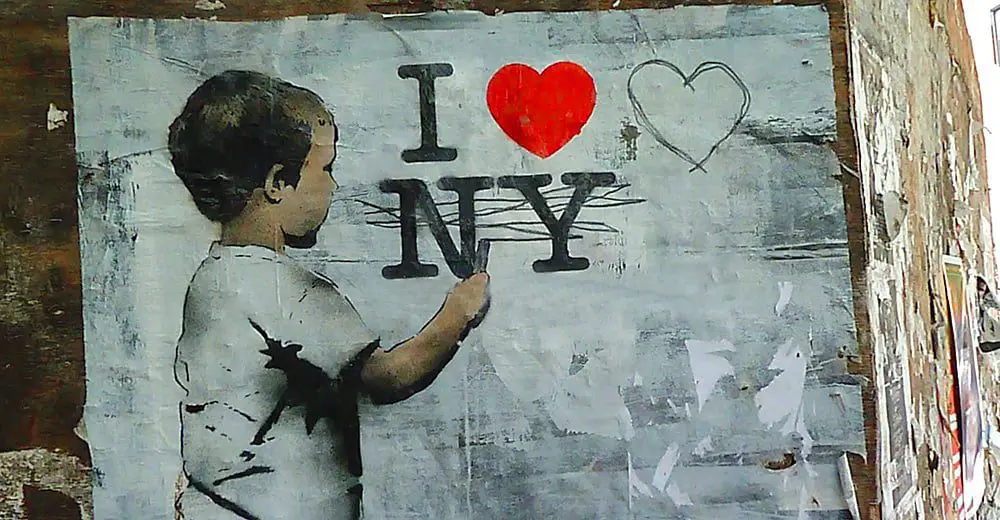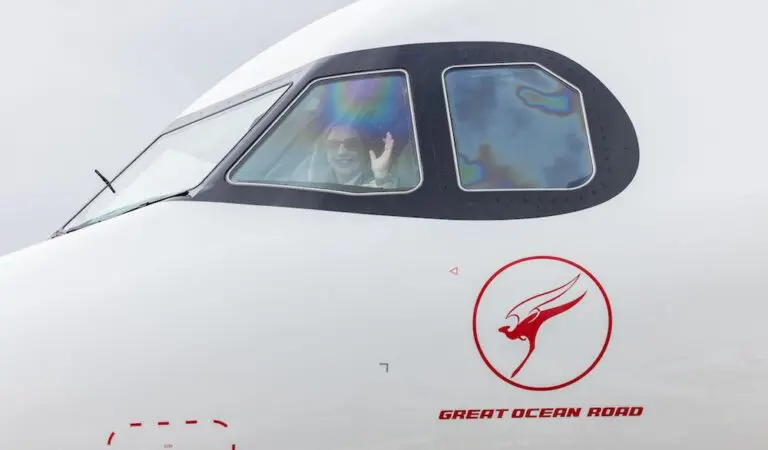How many Destination brands can you actually remember? UK Digital Strategist and guest writer Martyn Collins argues it may not be many.
For me there is only one Destination brand that has ever succeeded in reaching any sort of mass recognition. This one.
I’d argue wether a Destination Brand is even necessary today?
Are Destination marketers trying to play safe when the reality is that everything has changed about how a Destination should market itself?
A Destination will reach more people through Social Media than through their own efforts to develop a logo and package themselves up as if they are a product.
Which today means the brand is Facebook, TripAdvisor, Google, YouTube, Twitter, Pinterest, Instagram etc.
Not www.VisitBland.com, www.DestinationDeadend.com, www.DiscoverSodall.com, www.ExploreOurNetherRegions.com* or whatever.
If more Destination’s concentrated on getting useful, relevant, timely information out there – where and when people need it – and forgot about expensive, traditional “brand” development then you might find a much more effective way of organically, naturally creating a brand.
A brand that is defined by the people you attract to your Destination. A memorable brand.
Of course I Love New York is a freak, a one-off and I don’t honestly expect any other place to have the same success. And perhaps my point is that I Love New York is not a benchmark and that Destination marketing should not begin with the idea that you need to come up with something equivalent – development of a logo, font, colour palette, brand guidelines etc.
Destination marketing strategy begins (and ends) with: an understanding of what people find unique, distinctive and best about your Destination. Then the development of that as a compelling story told to every business in your community, providing them with the content collateral so that they can tell the story to their own audience who will in turn spread that story through their own personal networks which will inspire the people in those extended networks to visit.
The I Love New York logo became something much more than Milton Glaser or anyone else could have envisaged – it became something embraced by people – by NewYorkers, who adapted it for their own purposes (yet true to the original – no brand guidelines!) and made it become phenomenally, internationally successful as a consequence.
In an interview with the Telegraph, Milton Glaser says, “I did it for free. At the beginning, it wasn’t even copyrighted, because for the first 10 years the idea was to let everyone use it, so that it would proliferate and enter into the culture. I agreed to do it as a pro bono job because it was of benefit to the state.”
And proliferate and enter the culture it did!
The same Telegraph report goes on to say “Today, official merchandise stamped with Glaser’s design generates more than $30 million a year. According to the New York State agency that owns the copyright, and takes a healthy cut of the profits, the brand has grown in double figures in the past five years, and is especially big in Italy and Japan.”
I also believe that the “I Love New York” brand works brilliantly because it grew out of a need to bring New Yorkers together at a bad time in the city’s history. It became a symbol that united New York’s residents and helped build confidence in regeneration and civic pride.
So don’t get hung up on brand – especially if you haven’t yet worked out what your story is and whom you can get to help share that story with the world.
What do you think? Who’s doing a great job of destination branding in your opinion?
*Apologies if there actually are Destinations out there called VisitBland, DestinationDeadend, DiscoverSodall and ExploreOurNetherRegions!
This article was supplied by Martyn Collins and originally appeared on LinkedIn






